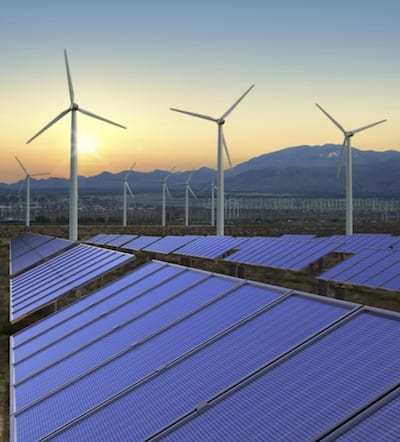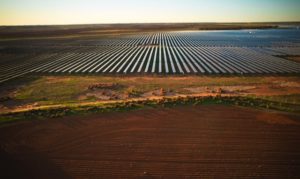A new American study has found that, by the year 2050, the US electricity grid could shut down all of its coal-fired power plants, a quarter of its nuclear power plants, reduce its reliance on gas, and run reliably and cost-effectively on a majority of renewable energy sources.
The report – prepared by Synapse Energy Economics for the nonprofit Civil Society Institute – has found that, in a 2050 US energy scenario, with a heavy reliance on renewables, regional electricity generation supply could meet or exceed demand in 99.4 percent of hours, with load being met without imports from other regions and without turning to reserve storage. In addition, surplus power would be available to export in 8.6 per cent of all hours, providing an ample safety net where needed from one region of the US to the next.
The report follows on from a 2011 study by Synapse which introduced a “Transition Scenario” in which the US retires all of its coal plants and a quarter of its nuclear plants by 2050, moving instead toward a power system based on energy efficiency and renewable energy.
Not unlike the UNSW 100% renewables study here in Australia, the SCI-commissioned 2011 study showed that this scenario, in addition to achieving significant reductions in CO2 emissions, would ultimately cost American society less than a “business as usual” strategy – even without considering the cost of carbon – and could actually result in savings of $US83 billion.
According to the SCI, the new study takes the 2011 analysis “one big step farther,” to explore the extent to which the Transition Scenario’s “variable output” resource mixes, such as large-scale wind and solar, for 2030 and 2050 are capable of meeting projected load for each of the 10 studied US regions.
“This study finds that the projected mixes, based entirely on existing technology and operational practices, are capable of balancing projected load in 2030 and 2050 for each region-in nearly every hour of every season of the year,” said report co-author Dr Thomas Vitolo, an analyst at Synapse.
“Put simply,” Vitolo added, “the message today is this: It is a myth to say that the United States cannot rely on renewables for the bulk of its electricity generation.”
Grant Smith, a senior energy analyst at CSI, says substantial progress on the path to 100 per cent renewable energy has been driven by the continued rapid pace of improvements in both renewable energy technologies and in the technologies used to control and balance the grid. He also pointed to the importance of government and market incentives in continuing to drive this progress.
Smith said that the challenge of integrating increasing levels of solar and wind power on the US power grids required only incremental improvements in technology and operational practices, while “the alternative of continuing to rely on increasing combustion of fossil fuels to generate electricity, and producing ever-increasing levels of greenhouse gases-is far less feasible, and presents much more daunting technical, economic, and social challenges to human and environmental welfare.”
To test its 2011 Transition Scenarios, Synapse developed a spreadsheet-based hourly dispatch model to test the capability of the projected resource mix in each study region to meet hourly demand in that region – based on 2010 actual demand and adjusted to projected changes in demographics, wealth, and energy efficiency. To model the hourly generation of future wind and solar resources, a number of National Renewable Energy Laboratory (NREL) studies and data sets were used.













